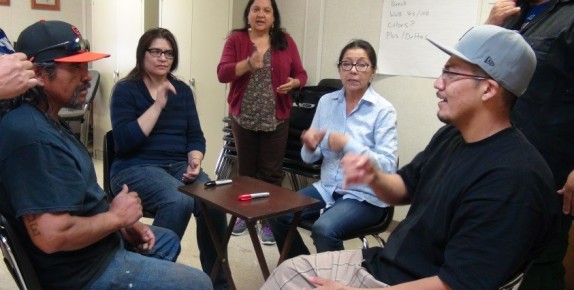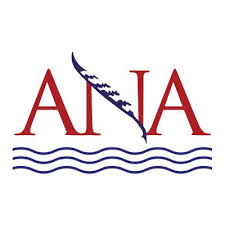
- Details
- By Native News Online Staff
WASHINGTON — Forty-five years ago today, the Native American Programs Act of 1974 (NAPA) was signed into law on January 4, 1975.
This NAPA launched the Administration for Native Americans (ANA) and contains the guiding principles which helps promote the goals of economic and social self-sufficiency for federal and state recognized tribes, American Indian and Alaska Native organizations, Native Hawaiian organizations and Native populations throughout the Pacific Basin (including American Samoa, Guam, and the Commonwealth of the Northern Mariana Islands).

Emerging from the importance of Native American self-sufficiency, NAPA places community members at the heart of lasting, positive change. ANA funds three program areas: Social and Economic Development Strategies, Native Languages, and Environmental Regulatory Enhancement (all ANA funding opportunity announcements are published on www.Grants.gov).
Some of these program areas include:
- ANA promotes self-sufficiency in communities through Social and Economic Development Strategies (SEDS) grants, which support community-based projects that increase the ability for Native Americans to define and achieve their own economic and social goals.
- The Esther Martinez Immersion program supports the development of culturally and linguistically vibrant Native American communities. These projects revitalize Native languages to ensure survival and continuing vitality for future generations.
- The Native Language Preservation and Maintenance program supports the planning, designing, restoration, and implementing of Native language curriculum and education projects.
- The Environmental Regulatory Enhancement program provides tribes with resources to develop legal, technical and organizational capacities for protecting their natural environments.
More Stories Like This
Biden Nominates Salish & Kootenai Tribal Attorney Danna Jackson for Federal BenchA Conversation With Lt. Gov. Peggy Flanagan: What We Can Celebrate Around the State
Return to the Heart Foundation Gives 44 Micro-Grants to Native Women Leaders
Indigenous Journalists Association President Addresses Members of the UNPFII
Inter-Tribal Council Passes Resolution Urging FCC to Establish Specific Event Code for Missing and Endangered Persons
Native Perspective. Native Voices. Native News.
We launched Native News Online because the mainstream media often overlooks news that is important is Native people. We believe that everyone in Indian Country deserves equal access to news and commentary pertaining to them, their relatives and their communities. That's why the story you’ve just finished was free — and we want to keep it that way, for all readers. We hope you'll consider making a donation to support our efforts so that we can continue publishing more stories that make a difference to Native people, whether they live on or off the reservation. Your donation will help us keep producing quality journalism and elevating Indigenous voices. Any contribution of any amount — big or small — gives us a better, stronger future and allows us to remain a force for change. Donate to Native News Online today and support independent Indigenous-centered journalism. Thank you.

